The robot AgnathaX is modeled on the lamprey, a jawless, blood-sucking fish that’s been largely unchanged by evolution for the past several hundred million years.
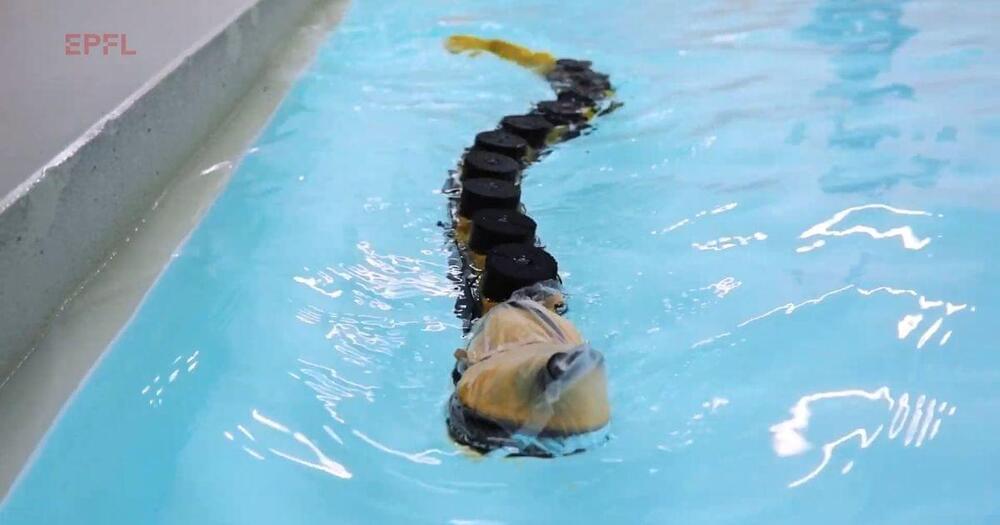

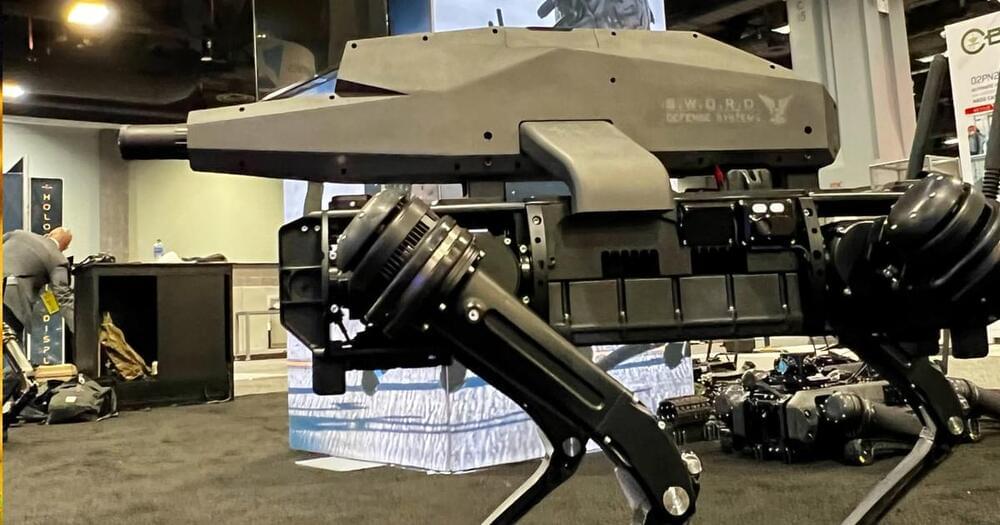

SparkBeyond, a company that helps analysts use AI to generate new answers to business problems without requiring any code, today has released its product SparkBeyond Discovery.
The company aims to automate the job of a data scientist. Typically, a data scientist looking to solve a problem may be able to generate and test 10 or more hypotheses a day. With SparkBeyond’s machine, millions of hypotheses can be generated per minute from the data it leverages from the open web and a client’s internal data, the company says. Additionally, SparkBeyond explains its findings in natural language, so a no-code analyst can easily understand it.
The product is the culmination of work that started in 2013 when the company had the idea to build a machine to access the web and GitHub to find code and other building blocks to formulate new ideas for finding solutions to problems. To use SparkBeyond Discovery, all a client company needs to do is specify its domain and what exactly it wants to optimize.

There is quite a bit of handwringing going on that AI-based true self-driving cars are going to be a monopoly. This is based on the assumption that only a few purveyors will be able to attain true self-driving cars. A tiny set of automakers or self-driving tech firms will hold all the cards when it comes to self-driving cars.
We are not there yet, since the invention of self-driving cars is still being figured out.
But, if you are thinking ahead, those purveyors might be the only entities able to field self-driving cars and therefore be able to charge monopoly rent, as it were. This could include charging sky-high prices for the use of self-driving cars.
Full Story:
I had both Park Place and Boardwalk in my gleeful hands.
Yes, in the venerated game of Monopoly, you can be darned happy when you manage to acquire various keystone properties on the gameboard. By establishing a monopoly in Monopoly, you can take decisive actions that will allow you to charge immense rents. When other players land on your monopoly, or perhaps monopolies if you’ve finagled a bunch of them, you know that those unlucky players will pay through the nose for the privilege of being on your monopolistic property.
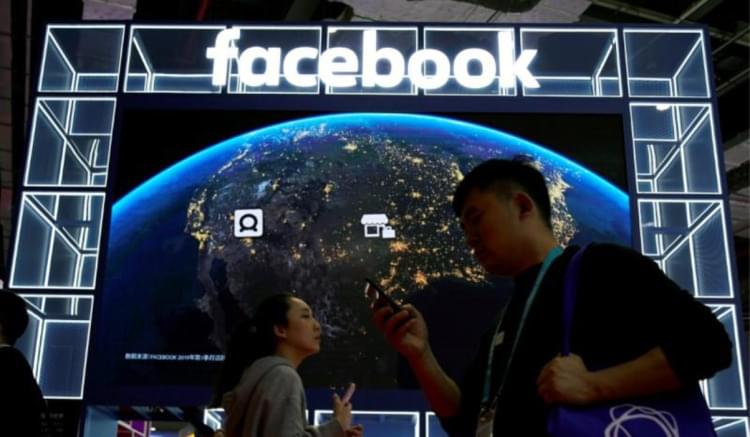
AI.Reverie offered APIs and a platform that procedurally generated fully annotated synthetic videos and images for AI systems. Synthetic data, which is often used in tandem with real-world data to develop and test AI algorithms, has come into vogue as companies embrace digital transformation during the pandemic. In a recent survey of executives, 89% of respondents said synthetic data will be essential to staying competitive. And according to Gartner, by 2,030 synthetic data will overshadow real data in AI models.
Full Story:
Facebook has quietly acquired AI.Reverie, a New York-based startup creating synthetic data to train machine learning models, VentureBeat has learned.

The opening scene of a brief online documentary by Chinese state-run media channel CGTN shows jaywalkers in Shenzhen getting captured on video, identified, and then shamed publicly in real-time. The report is supposed to highlight the country’s prowess in artificial intelligence, yet it reveals a lesser-known truth: China’s AI isn’t so much a tool of world domination as a narrowly deployed means of domestic control.
On paper, the US and China appear neck and neck in artificial intelligence. China leads in the share of journal citations — helped by the fact that it also publishes more while the US is far ahead in the more qualitative metric of cited conference papers, according to a recent report compiled by Stanford University. So while the world’s most populous country is an AI superpower, investors and China watchers shouldn’t put too much stock in the notion that its position is unassailable or that the US is weaker. By miscalculating the others’ abilities, both superpowers risk overestimating their adversary’s strengths and overcompensating in a way that could lead to a Cold War-style AI arms race.
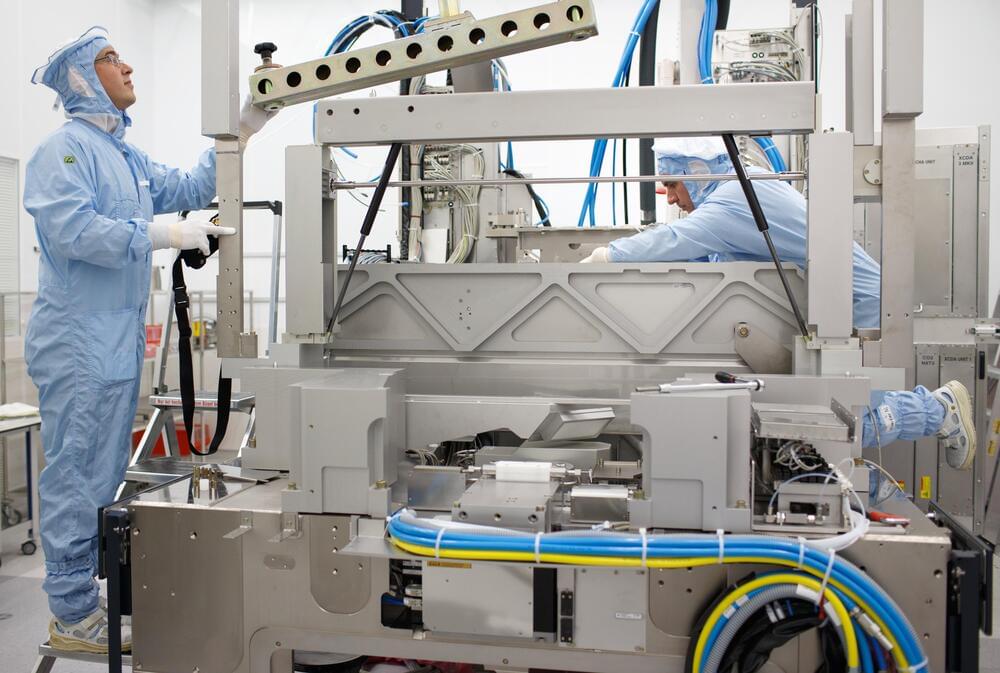
LONDON – ASML, a Dutch firm that makes high-tech machines used in semiconductor manufacturing, will see its market value climb from $302 billion to more than $500 billion next year, according to two tech investors.
Nathan Benaich, founder and general partner of boutique VC firm Air Street Capital, and Ian Hogarth, who sold his AI start-up Songkick to Warner Music Group, wrote in their annual “State of AI” report Tuesday that Europe’s largest tech company is the little-known “linchpin” in the global semiconductor industry.
Founded in 1,984 ASML provides chip makers with essential hardware, software and services to mass produce patterns on silicon using a method called lithography.

Most organizations successfully stood up with new ways for employees to work remotely or interact with customers far faster than previously thought possible.
But as we transition from focusing on maintaining business continuity toward driving growth, we should not lose sight of the forest for the trees.
The leaps forward companies made in response to the COVID crisis set them up to benefit from virtuous cycles that complement and reinforce each other to turbocharge growth.
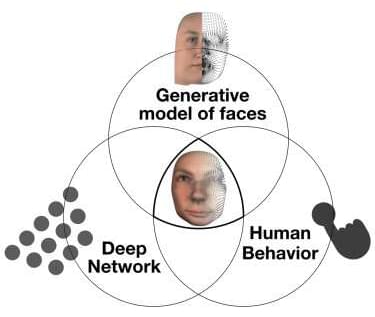
New research, published in the journal Patterns and led by the University of Glasgow’s School of Psychology and Neuroscience, uses 3D modeling to analyze the way Deep Neural Networks—part of the broader family of machine learning—process information, to visualize how their information processing matches that of humans.
It is hoped this new work will pave the way for the creation of more dependable AI technology that will process information like humans and make errors that we can understand and predict.
One of the challenges still facing AI development is how to better understand the process of machine thinking, and whether it matches how humans process information, in order to ensure accuracy. Deep Neural Networks are often presented as the current best model of human decision-making behavior, achieving or even exceeding human performance in some tasks. However, even deceptively simple visual discrimination tasks can reveal clear inconsistencies and errors from the AI models, when compared to humans.
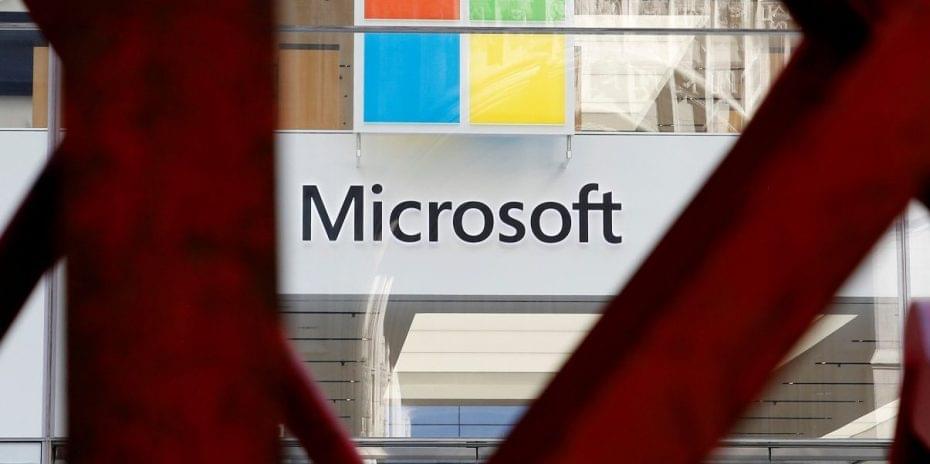
Today, Microsoft announced that Microsoft Translator, its AI-powered text translation service, now supports more than 100 different languages and dialects. With the addition of 12 new languages including Georgian, Macedonian, Tibetan, and Uyghur, Microsoft claims that Translator can now make text and information in documents accessible to 5.66 billion people worldwide.
Its Translator isn’t the first to support more than 100 languages — Google Translate reached that milestone first in February 2016. (Amazon Translate only supports 71.) But Microsoft says that the new languages are underpinned by unique advances in AI and will be available in the Translator apps, Office, and Translator for Bing, as well as Azure Cognitive Services Translator and Azure Cognitive Services Speech.
“One hundred languages is a good milestone for us to achieve our ambition for everyone to be able to communicate regardless of the language they speak,” Microsoft Azure AI chief technology officer Xuedong Huang said in a statement. “We can leverage [commonalities between languages] and use that … to improve whole language famil[ies].”